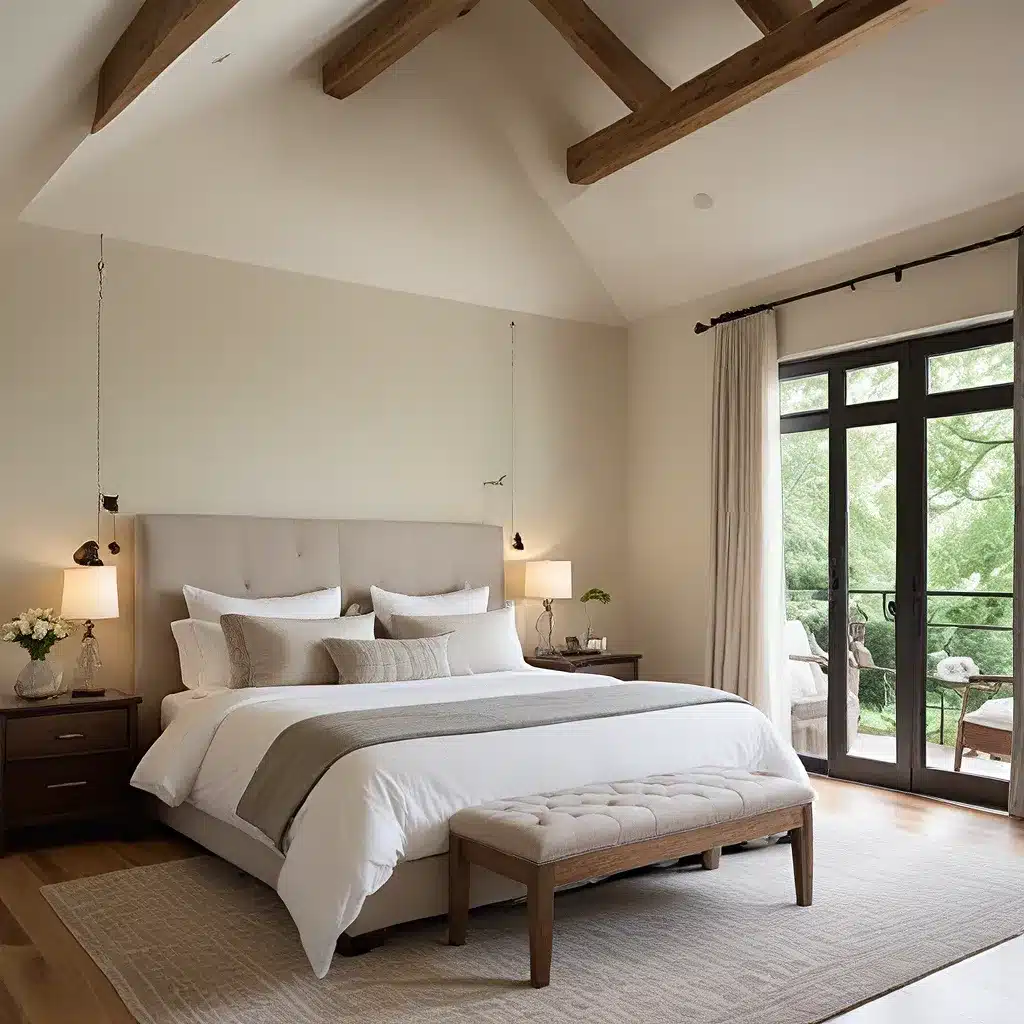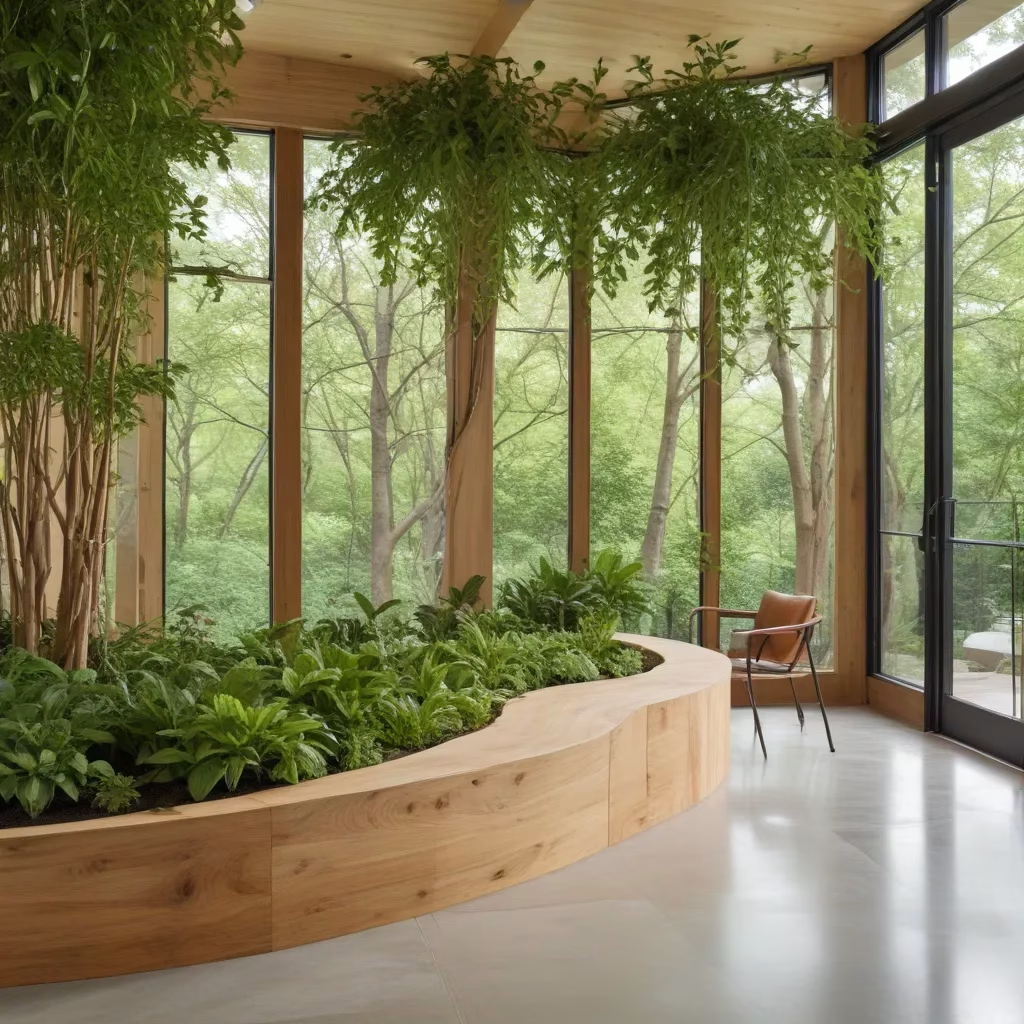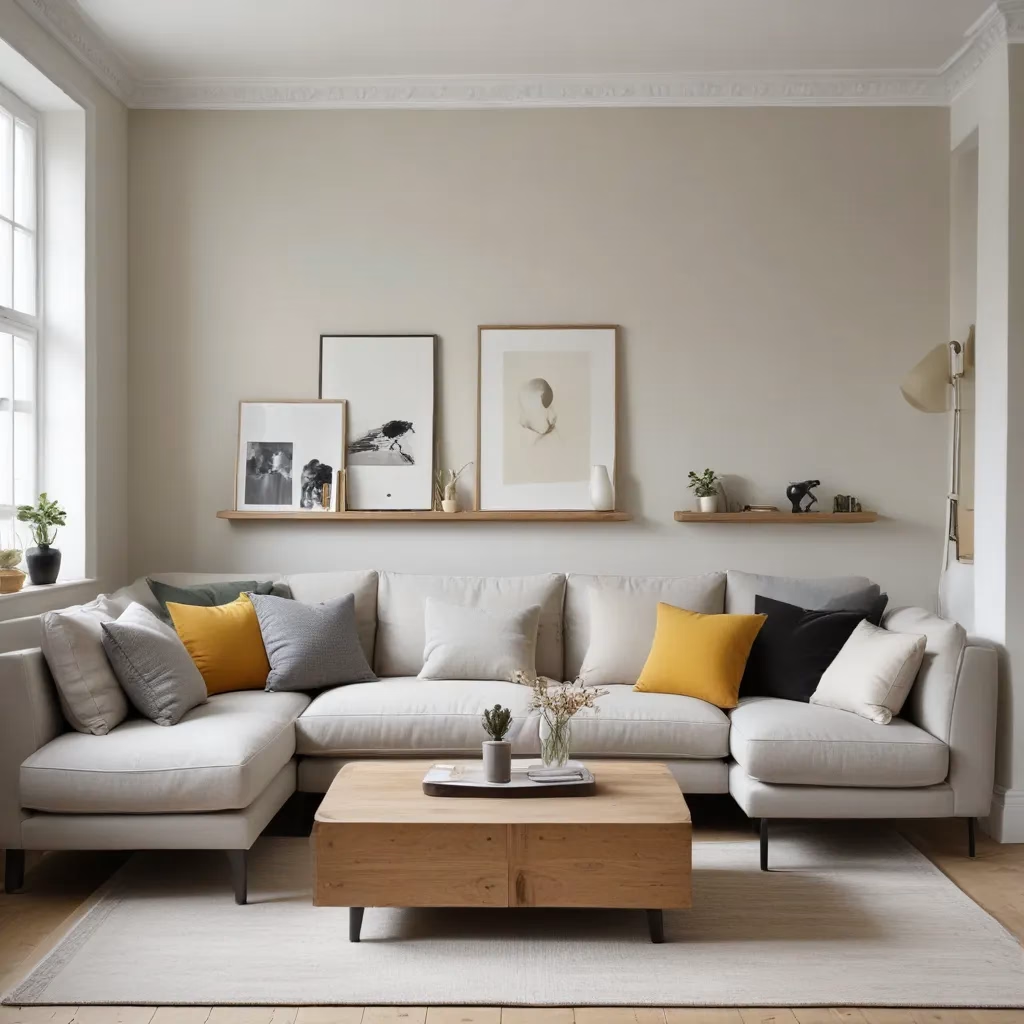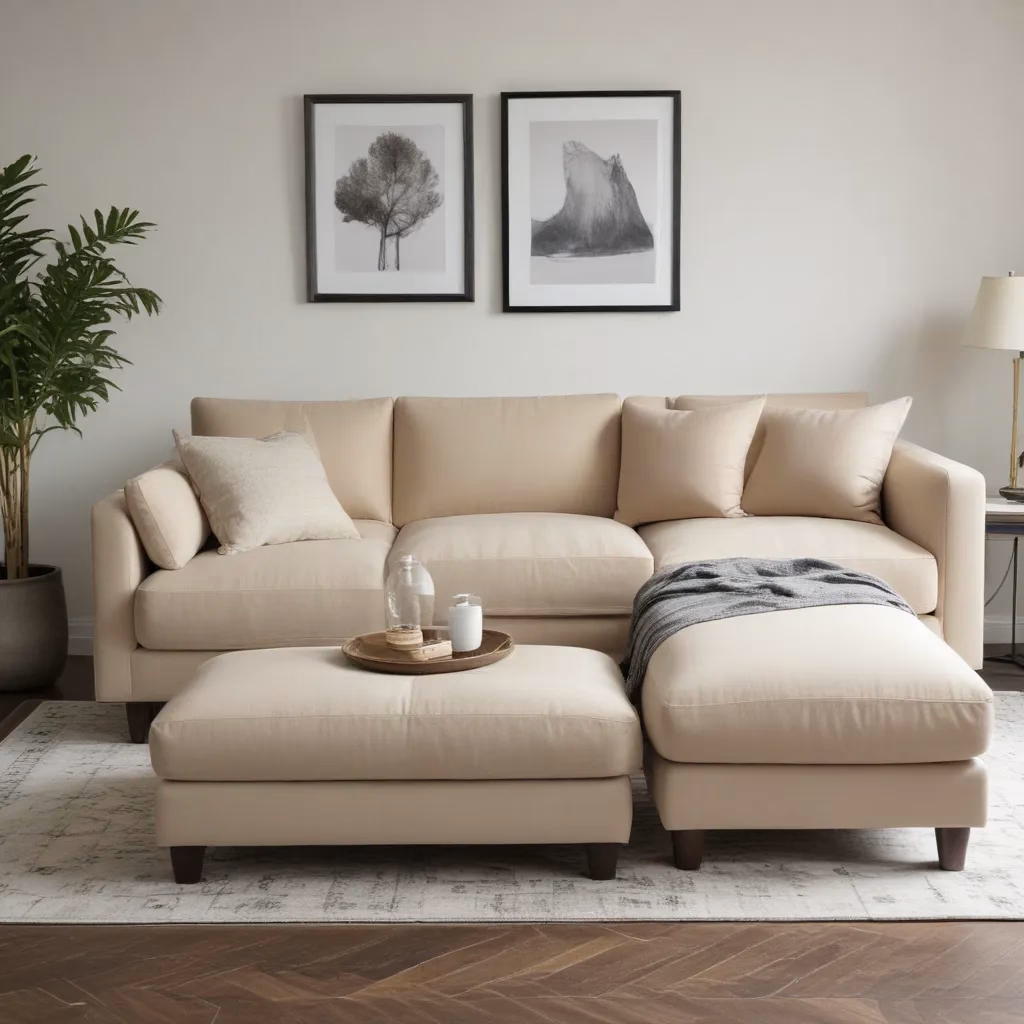
Unlocking the Art of Tranquil Bedroom Design
As the world around us grows increasingly fast-paced and demanding, the importance of creating a sanctuary within our homes has become paramount. And what better place to cultivate that sense of serenity than in the bedroom – a space that should serve as a haven for rest and rejuvenation.
I’ve always been fascinated by the power of interior design to transform a room into a tranquil retreat. It’s not just about selecting the right furniture or coordinating colors – it’s about understanding the intricacies of sleep science and leveraging that knowledge to craft an environment that truly nurtures our well-being.
Mastering the Science of Sleep
When it comes to designing a restful bedroom, we can’t ignore the underlying science behind sleep. After all, our bodies and minds are complex machines, and understanding their rhythms is crucial to creating a space that supports optimal rest.
Research has shown that our circadian rhythms – our internal biological clocks – play a crucial role in regulating our sleep-wake cycles. These rhythms are highly sensitive to light exposure, and by understanding this, we can strategically plan the lighting in our bedrooms to promote a more restful slumber.
But it’s not just about light – the different stages of sleep and their significance also inform the design process. Designers who delve into the intricacies of sleep science are equipped with the insights to tailor bedrooms for optimal rest and rejuvenation.
Prioritizing Comfort and Ergonomics
As I embark on the journey of transforming a bedroom into a tranquil retreat, I know that comfort is of utmost importance. It’s not just about selecting plush furnishings – it’s about thoughtfully considering ergonomic principles and making furniture choices that contribute to an overall sense of well-being.
The arrangement of the bedroom should promote ease of movement and functionality, ensuring that occupants can move around freely without feeling confined or restricted. And when it comes to the bedding essentials, the selection of mattresses, pillows, and materials becomes critical to ensuring a restful night’s sleep.
Ergonomic considerations extend beyond just the bed – temperature and ventilation also play a crucial role in creating a comfortable sleep environment. Striking the right balance ensures that the bedroom remains a sanctuary of relaxation, setting the stage for a truly tranquil retreat.
Nurturing Serenity Through Color and Texture
As I delve deeper into the art of tranquil bedroom design, I can’t help but marvel at the power of color and texture to evoke a sense of calmness and serenity. The color palette sets the mood, and designers often opt for soft, soothing hues that promote relaxation – think shades of blues, greens, and muted neutrals.
But it’s not just about the colors – the textures within the space also play an essential role in enhancing the sensory experience. Soft, plush fabrics for bedding, curtains, and upholstery contribute to the tactile comfort of the space, while incorporating natural textures like wooden elements or stone accents adds an organic touch, connecting the interior to the natural world.
The key is to strike a harmonious balance between colors and textures, ensuring they complement each other and contribute to an overall aesthetic that promotes restful sleep and tranquility.
The Power of Intelligent Lighting
As I delve deeper into the world of tranquil bedroom design, I’ve come to realize that the strategic use of intelligent lighting is a true game-changer. Tunable lighting systems that mimic the natural shifts in daylight can have a profound impact on our circadian rhythms and overall well-being.
By programming the lighting to gradually shift from cooler tones in the morning to warmer hues in the evening, we can create an environment that supports our body’s natural sleep-wake cycle. This circadian harmony contributes to improved sleep quality and a deeper sense of tranquility.
But the benefits of intelligent lighting don’t stop there. The incorporation of dimmable fixtures allows for seamless transitions between activities, whether we’re winding down for the night or engaging in a bit of late-night reading. The ability to customize the ambiance according to our needs and preferences enhances the overall functionality and adaptability of the bedroom space.
Embracing Intuitive Controls and Automation
As I continue to explore the world of tranquil bedroom design, I’ve discovered that the integration of intuitive controls and automation can elevate the experience to new heights. User-friendly interfaces like smartphone apps or voice-activated systems provide occupants with easy and convenient access to adjust the lighting, creating a space that effortlessly adapts to their preferences.
Automated lighting scenes can be programmed to cater to specific activities or moods, ensuring a cohesive and harmonious lighting scheme that aligns with the desired atmosphere. For instance, a “Bedtime” scene can be configured to gradually dim the lights, signaling the body to prepare for sleep and promoting a relaxed and tranquil environment.
By seamlessly coordinating the various lighting elements, designers can create a technologically advanced sleep haven that effortlessly adapts to the needs and rhythms of its occupants, fostering a serene and restful retreat.
Dynamic Lighting for Multifunctional Spaces
As I continue to explore the art of tranquil bedroom design, I’ve come to appreciate the power of dynamic lighting in transforming these spaces into truly multifunctional havens. By creating task-oriented zones within the bedroom, designers can strategically illuminate areas for reading, working, or getting dressed, catering to the diverse needs and activities of the occupants.
This adaptability extends beyond just functional zones – dynamic lighting also allows for smooth ambient transitions throughout the day. Brighter lighting might be preferable during morning routines, while softer and warmer tones can be introduced in the evening to promote relaxation and unwinding.
Customizable lighting scenes can be programmed to align with different moods or activities, seamlessly transforming the bedroom from a vibrant and well-lit atmosphere for daytime tasks to a subdued and calming ambiance for winding down at night. This approach enhances the practicality of the bedroom and contributes to an overall sense of comfort and well-being.
Mastering the Art of Tranquil Bedroom Design
As I reflect on my journey of designing tranquil bedroom retreats, I’m reminded of the significance of formal education and ongoing learning in this pursuit. Interior design courses that emphasize the science of sleep and the principles of crafting serene environments offer invaluable insights and practical exercises.
Through these educational opportunities, aspiring designers can delve into the intricacies of circadian rhythms, the different stages of sleep, and the ergonomic considerations that contribute to physical comfort. They can also explore the strategic use of color, texture, and lighting to create a cohesive and harmonious atmosphere that promotes relaxation and well-being.
The importance of a tranquil bedroom cannot be overstated in our quest for a balanced and healthy lifestyle. It’s a sanctuary where we can escape the demands of daily life and recharge our bodies and minds. By mastering the art of tranquil bedroom design, interior professionals can transform these spaces into aesthetically pleasing and wellness-enhancing havens that truly nurture the well-being of their occupants.



